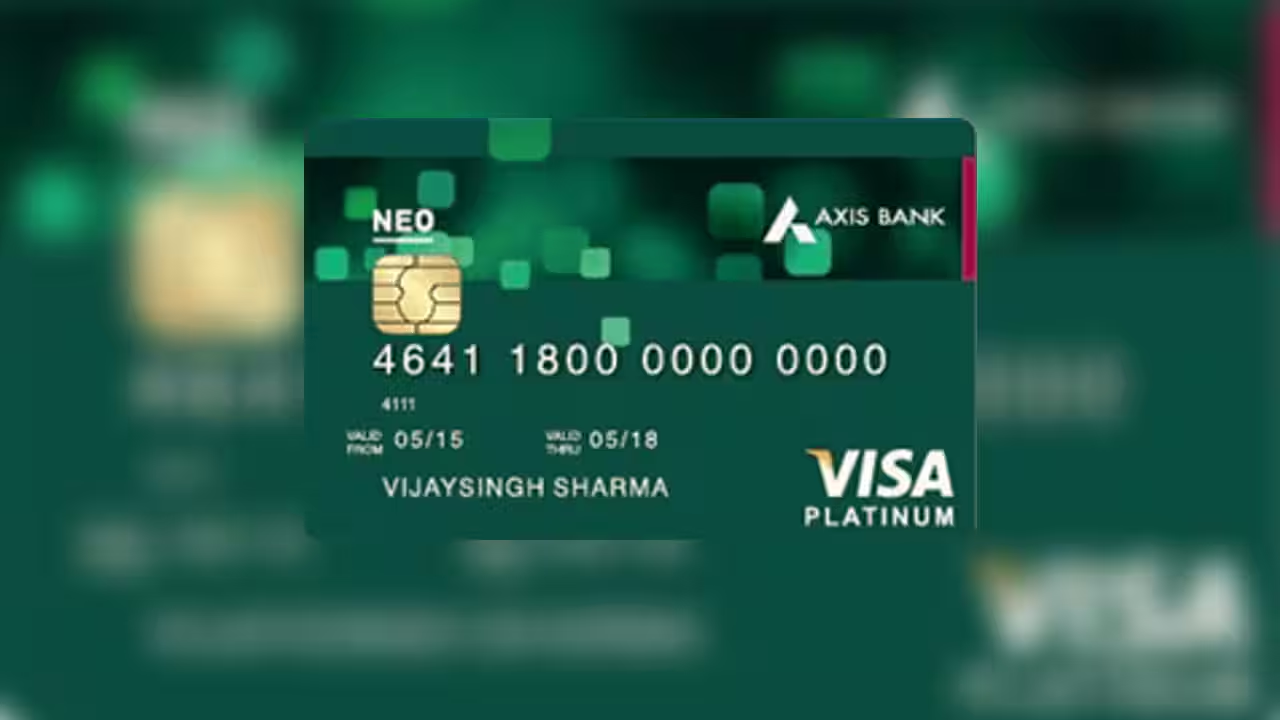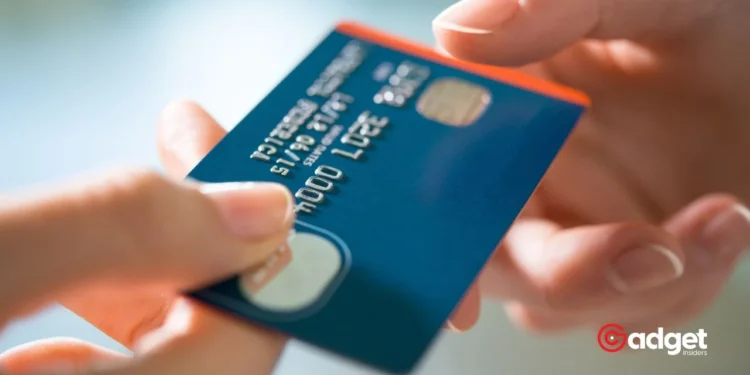It’s a widespread misconception that simply changing your credit card can sever ties with unwanted subscription charges, such as those from Netflix and other streaming services.
This belief stems from the idea that the charges will cease by not updating your payment method with the service provider and your subscription will automatically cancel. However, the truth is far from this simple expectation.

The Persistent Pull of Recurring Charges
The reality that unfolds is quite different, largely thanks to a service that remains obscure to many: the Visa Account Updater (VAU). Initiated in 2003, VAU was designed to aid merchants by automatically updating payment details when a new card is issued.
This service works with a network of banks, ensuring that your new card details are seamlessly transferred, keeping your subscriptions active in Netflix and other streaming services without interruption.
Netflix, among other companies, openly acknowledges this practice in their help center, stating, “Banks may automatically update credit or debit card numbers when a new card is issued. This update allows your card to continue to be charged, even if it’s expired.”
Such updates are not limited to Netflix but are a common practice among many service providers including Amazon, Facebook, Google, and Disney.
Apply for AU Bank LIT Life Time Free Credit Card
✨Up to 10X Reward Points on all Trx
✨1% fuel surcharge waiver
✨4 Lounge Access per Quarter
✨Additional Zee5, Prime & Cult Subscription for minimal charges
✨1% Fuel Surcharge Waiver
Link: https://t.co/be9FtOROpX pic.twitter.com/JjTlkjpLfX
— Credit Yard (@CreditYard) August 28, 2023
The Surprising Benefits and Drawbacks of Visa’s Account Updater
Visa champions the VAU for its ability to ease the transition for consumers, arguing that it helps avoid the inconvenience of manually updating payment information across various platforms.
A Visa spokesperson highlighted, “VAU delivers updated cardholder account information in a timely, efficient, and cost-effective manner, benefiting all parties involved in the electronic payment process.”
However, the convenience offered by VAU comes with a catch. It potentially binds consumers to continuous payment cycles, sometimes even without their direct consent. The system is adept at reducing churn for corporations, ensuring that payments to them continue uninterrupted, regardless of any changes in the cardholder’s financial situation.
This can trap consumers in endless cycles of payments, a situation only avoidable by directly contacting the company to cancel the service.

How VAU Shapes Consumer Experiences
Despite its benefits, VAU remains largely unknown to the general public. This service, primarily marketed to businesses like Netflix and other streaming services, operates without clear disclosure to consumers, leaving many unaware that they have opted into this system.
The absence of a simple opt-out process further complicates the situation for cardholders who prefer to manage their subscriptions manually.

Netflix: Taking Charge of Your Subscriptions
The enduring myth that changing your credit card details is enough to stop recurring charges has been debunked in the age of digital financial transactions. The onset of services like VAU marks a significant shift in how subscription services manage billing, making it easier for them to retain customers but harder for consumers to disconnect.
If you’re looking to truly sever ties with a subscription, the most effective method remains the traditional one: directly contacting the service provider to cancel your subscription.
In a digital age where financial transactions are intertwined with technological advancements, understanding mechanisms like VAU that operate silently behind the scenes is crucial for managing personal finances and maintaining autonomy over one’s subscriptions.










